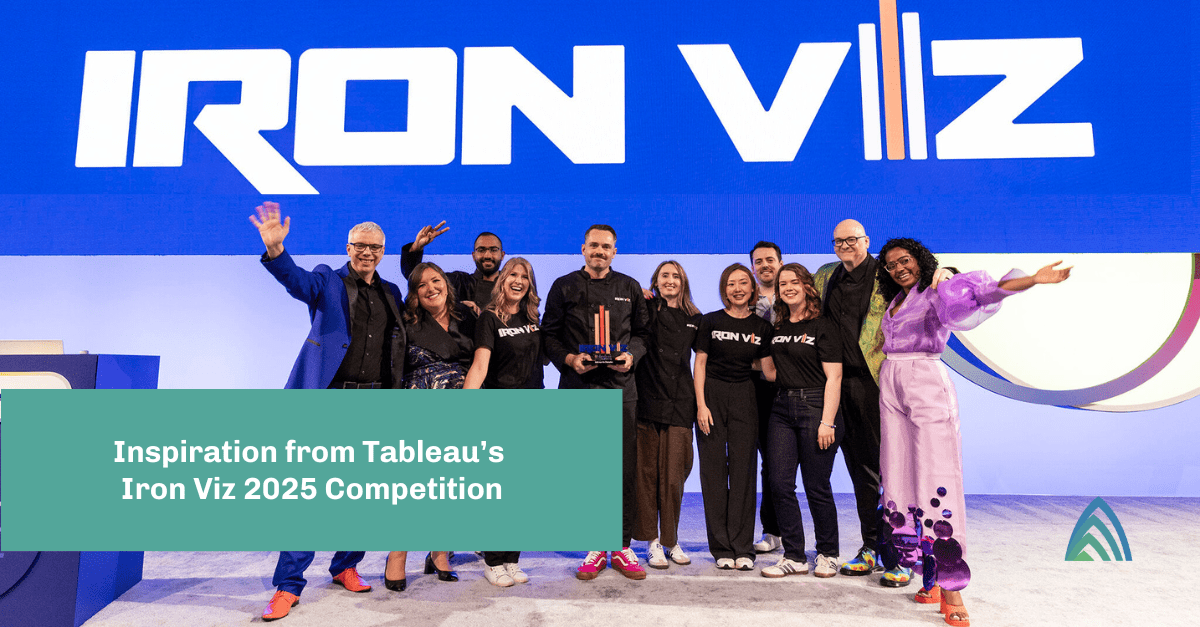This past December, Salesforce launched Service Intelligence, a new bundled product centered around unifying key insights for service agents and managers. Having undertaken a similar effort previously for sales users with its popular Revenue Intelligence product, Service Intelligence followed a similar approach: combine a blended set of functionality across different Salesforce components (Einstein predictions, CRM Analytics dashboards, custom Lightning Web Components) to create a suite of tools that optimize usage of Service Cloud.
What’s new in the Summer ‘24 release
As part of the latest release, Salesforce is expanding on some of those features. The CRM Analytics dashboards have been enhanced, by adding quick link tabs for Channel Performance, Agent Performance, and Knowledge Performance to reduce the time it takes to find answers, and a Data Explorer section to help answer secondary and tertiary questions off of the primary dashboards.
For this blog, however, I want to delve into one of the predictive features of Service Intelligence that I think will differentiate it the most over time: Einstein Conversation Mining. Einstein Conversation Mining leverages Natural Language Processing (NLP) to deconstruct and analyze conversations, allowing companies to report on things like top contact reasons and topics, and to identify those that require the fewest number of “turns” to resolve. (What’s a turn? More on that later.)
Source: Salesforce
Initially, Einstein Conversation Mining covered Email Message and Chat Transcript data only. As part of Summer ‘24, Salesforce is extending the feature to collect data from Messaging for In-App and Web, in addition to Web-to-Case. While I think those channels are less critical than the original email and chat channels, it does indicate that this is a continued area of investment for Salesforce.
How does Einstein Conversation Mining work?
For each interaction through the channels we described, Einstein Conversation Mining will analyze the transcript and extract the topic and contact reason. The topics and reasons can span levels of specificity, but the important thing is that you now have data across the thousands of customer support interactions deconstructed and regrouped in a way that allows you to extract trended information for that data. Service Intelligence enables companies to view the frequency that topics/reasons arise and the average number of conversation turns needed to reach a resolution for each contact reason.
There’s that term again: “turn.” A turn is the number of times a conversation moves back and forth between a customer and an agent. Why is this important? For exchanges that occur regularly but require few turns to resolve, the interaction becomes a prime candidate to be handled by a channel that requires less human interaction. And, deflecting cases from agent-assisted channels to automated channels is one of the cleanest cost-saving measures when it comes to optimizing ROI for service.
So, we have clear data that shows us which topics and contact reasons are the prime candidates for deflection — what now? Armed with that information, we can go through the process of creating an effective end-user experience that can deflect those topics from human-monitored channels to automations and bots. Einstein Bots are a great place to start, and for low-turn conversations likely fully sufficient to maintain a high level of user experience for those topics.
A little imagination allows us to open the aperture on this use case, though. What if, instead of just tackling high-frequency, low-turn topics (maybe 10% of all cases) with a chatbot, we widen the net to pick up the top 30% or 40% of topics that fit that criteria, and enable a customer-facing version of Einstein Copilot (via APIs) or another LLM-driven chat model? Suddenly, you can see how the future of case resolution could be massively impacted through smart use of this data.
This is a clear opportunity to reduce service costs while maintaining (or even improving) the end-user experience, and forward-thinking companies should be jumping at the opportunity to leverage Einstein Conversation Mining for an intelligent approach to case deflection.
Have questions for our Service Intelligence experts? Don’t hesitate to reach out!









